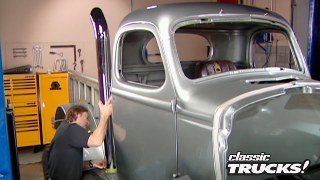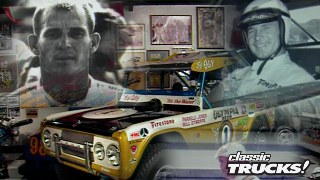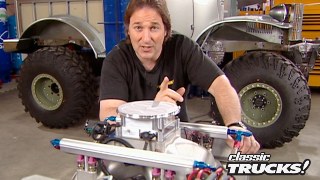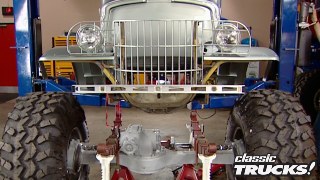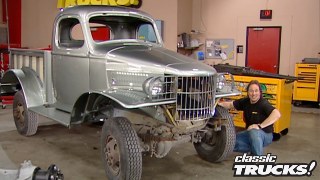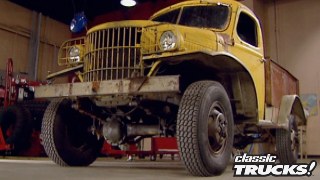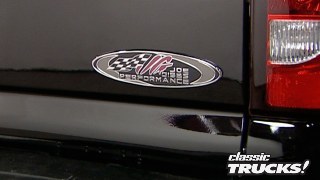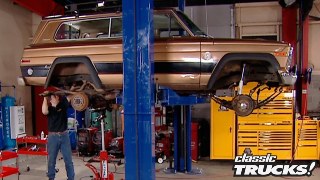
98 Dakota RT/'56 Chevy Nomad
In this video, we upgrade a Dodge RT with a new Hotchkis suspension and stylish wheels to transform it into "Project Rolling Thunder," while also exploring the charm of a restored 1956 Chevy Nomad. The Nomad's blend of car and truck elements is showcased alongside practical tips for exhaust system installation on a classic vehicle.
Season 3
Episode 6
Hosts: Stacey David, Mel Fair
First Air Date: July 20, 2018
Duration: 21 minutes 17 seconds
